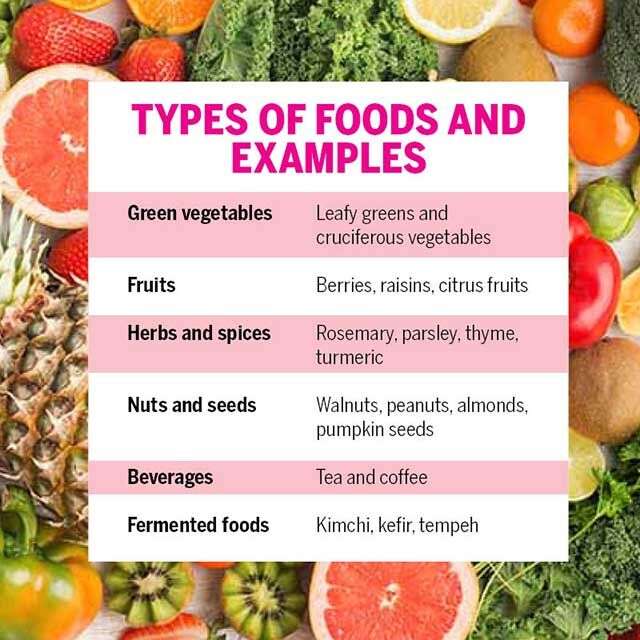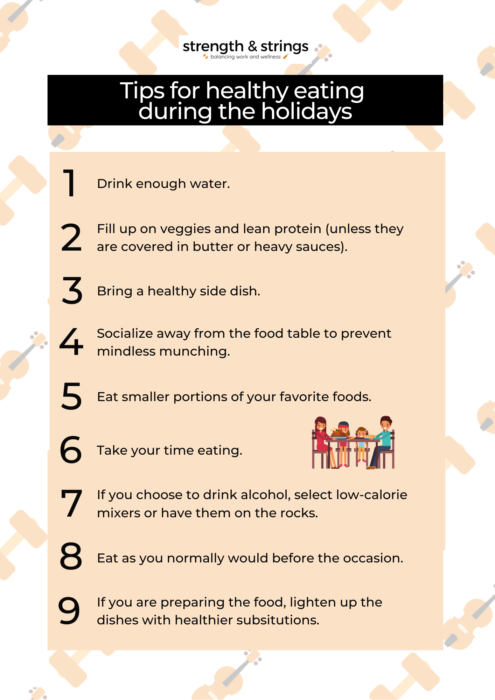
Gluten-free diets help you lose weight and eliminate high-calorie foods. The diet does not just eliminate gluten. It also requires that you read labels on food, which can help you develop healthy eating habits. Informed eating is important for health and is proven to reduce binge eating and unhealthy food intake. To avoid overeating and gaining weight, make sure to measure your portions. Keep in mind, however, that gluten-free eating is possible.
A gluten-free diet has many key benefits, including weight loss. This type of diet not only helps you lose weight, it also helps you build muscle. The diet should not be considered a substitute for exercise as it can cause an increase in appetite. It can also lead to cancer and heart disease. Before starting a glutenfree diet, you should consult your physician. Here are some helpful tips to help you better understand this diet.

You can lose weight by following a gluten-free diet. In fact, this diet is easier to follow than you think. You can make gluten-free meals by substituting pasta for vegetables, making homemade pizza crusts with cauliflower, and cooking your own soup with rice. A great resource to help you create new and delicious recipes is a gluten-free cookbook. Supplements are an essential part of a healthy diet. A registered dietitian may be able to help you pick the best.
A gluten-free diet isn't for everyone, but if you can stick with it for long-term health, it can make a big difference. Although baking with certified ingredients can reduce calories, you should still choose nutrient-dense foods to help you lose weight. Don't worry! There's a solution. You can find gluten-free foods with high nutritional content and little to no gluten.
It is important to be aware of the possible risks associated with a glutenfree diet. The diet can cause dramatic fluctuations in blood sugar, which can lead to overeating and obesity. A gluten-free diet can help you reduce weight and improve your nutrition. The nutrition in this diet can help you get back on track. A lot of high-fiber foods like almonds, brown rice, and Quinoa are required when you eat gluten-free.

This does not necessarily mean you should avoid gluten. There are many foods that are gluten free. There are many choices: chicken, pork or beef, fish, and dairy. You can also purchase dietary supplements which contain the essential amino acids to lose weight. Consult a doctor if you have a food allergies to discuss the potential risks.
FAQ
What is the problem of BMI?
BMI stands For Body Mass Index. This refers to the measurement of body fat using height and weight. The following formula is used to calculate BMI:
The weight of a kilogram divided by its squared height in meters.
The result is expressed as a number from 0 to 25. Scores between 0 and 25 indicate obesity. A score of 18.5 indicates overweight. A score of 23 indicates obesity.
A person who is 100kg and 1.75m tall will have a BMI 22.
What's the difference between fat or sugar?
Fat is an energy source that comes from food. Sugar is a sweet, naturally occurring substance in fruits and vegetables. Both fats as well as sugars contain the same amount of calories. Fats have twice the calories of sugars, however.
Fats can be stored in the body, which can lead to obesity. They can lead to cholesterol buildup in the arteries, which could cause heart attacks or strokes.
Sugars are quickly absorbed and provide instant energy. This causes blood glucose levels to rise. High blood glucose levels can lead to type II diabetes.
What is the best way to live a healthy lifestyle?
A healthy lifestyle means eating healthy foods, exercising regularly, sleeping well, and avoiding stress. You will live a long and happy life if you adhere to these guidelines.
Starting small can make a big difference in your diet, and even your exercise routine. For example, if you want to lose weight, try walking for 30 minutes every day. You can also take up dancing or swimming if you are looking to be more active. A Fitbit or Strava online program that tracks your activity can be joined.
What are the ten best foods to eat in America?
These are the 10 best foods you can eat:
-
Avocados
-
Berries
-
Broccoli
-
Cauliflower
-
Eggs
-
Fish
-
Grains
-
Nuts
-
Oats
-
Salmon
What can you do to boost your immune system?
Human bodies are made up of trillions upon trillions of cells. Each cell is responsible for creating organs and tissues with specific functions. A cell that dies will be replaced by another. Chemical signals, called hormones, allow cells to communicate with each other. Hormones regulate all bodily functions from growth and developmental to metabolism and immunity.
Hormones refer to chemicals produced throughout the body by glands. They travel through bloodstreams and act as messengers that control the function of our bodies. Some hormones can be produced in the body, while others may be made outside.
The hormone-producing glands release their contents into bloodstream. This is when hormone production starts. Once hormones are released, they move through the body to reach their target organ. In some cases, hormones remain active only for a short period of time. Some hormones remain active for longer periods of time and can continue to have an impact on the body's function long after they are gone.
Some hormones are produced in large quantities. Others are produced in smaller amounts.
Certain hormones can only be produced at specific times in life. For example, estrogen can be produced during puberty or pregnancy. Estrogen aids women in developing breasts, maintaining bone density and preventing osteoporosis. Estrogen promotes hair growth, and skin stays soft and smooth.
How can my blood pressure be controlled?
The first thing you need to do is find out what causes high blood pressure. Next, take steps that will reduce the risk. This could mean eating less salt, losing some weight, taking medication, and so on.
Make sure you're getting enough exercise. Walking is a great alternative if you don't have the time or energy to exercise regularly.
Consider joining a gym if your current exercise regimen is not satisfying you. You will likely want to join an exercise group that shares your goals. It's much easier to follow a routine if someone is with you at the gym.
Statistics
- WHO recommends consuming less than 5% of total energy intake for additional health benefits. (who.int)
- The Dietary Guidelines for Americans recommend keeping added sugar intake below 10% of your daily calorie intake, while the World Health Organization recommends slashing added sugars to 5% or less of your daily calories for optimal health (59Trusted (healthline.com)
- According to the Physical Activity Guidelines for Americans, we should strive for at least 150 minutes of moderate intensity activity each week (54Trusted Source Smoking, harmful use of drugs, and alcohol abuse can all seriously negatively affect your health. (healthline.com)
- In both adults and children, the intake of free sugars should be reduced to less than 10% of total energy intake. (who.int)
External Links
How To
What does the word "vitamin" mean?
Vitamins are organic compounds found naturally in food. Vitamins aid us in absorbing nutrients from the food we eat. The body cannot make vitamins; therefore, they must be obtained from food.
There are two types if vitamins: water soluble, and fat soluble. Water soluble vitamins dissolve easily in water. Vitamin C,B1(thiamine), B2 (2riboflavin), and B3 (3niacin), as well as vitamin C,B1, B2 (riboflavin), and B3 (niacin), vitamin B6 (pyridoxine), vitamin folic acid (biotin), pantothenic, and choline are examples. Fat-soluble vitamins are stored in the liver, fatty tissue and kidneys. You can find vitamin D, E K, A, beta carotene, and other fat-soluble vitamins.
Vitamins can be classified by their biological activity. There are eight major groups of vitamins:
-
A – Essential for normal growth, and the maintenance of good health.
-
C – essential for proper nerve function.
-
D - necessary for healthy bones and teeth.
-
E is needed for good reproduction and vision.
-
K - Required for healthy nerves and muscles.
-
P - Vital for strong bones and teeth.
-
Q – aids digestion of iron and iron absorption
-
R is required for the production of red blood cells.
The recommended daily allowance (RDA), for vitamins, varies depending upon age, gender, or physical condition. The U.S. Food and Drug Administration (FDA) sets the RDA values.
For adults over 19 years, the RDA is 400 mg per day for vitamin A. Because it is essential for the development of the fetus, pregnant women should consume 600 micrograms per daily. Children ages 1-8 require 900 micrograms per day. Infants below one year old require 700mg per day. But, between 9 months to 12 months, the amount drops to 500mg per day.
Children aged 1-18 years need 800 micrograms daily, while children overweight require 1000 micrograms per days. Children who are severely obese or underweight will need 1200 micrograms each day.
Children 4-8 years old who have anemia must consume 2200 micrograms of Vitamin C daily.
2000 micrograms per person is necessary for general health. Women who are pregnant or breastfeeding need 3000 micrograms per day due to increased nutrient requirements.
Adults over 70 need 1500 micrograms daily, as they lose 10% of their muscle every ten years.
Women who have been pregnant or are lactating require more than the RDA. Pregnant mothers need 4000 micrograms per daily during pregnancy and 2500 after giving birth. Breastfeeding moms need 5000 micrograms each day when breastmilk production occurs.